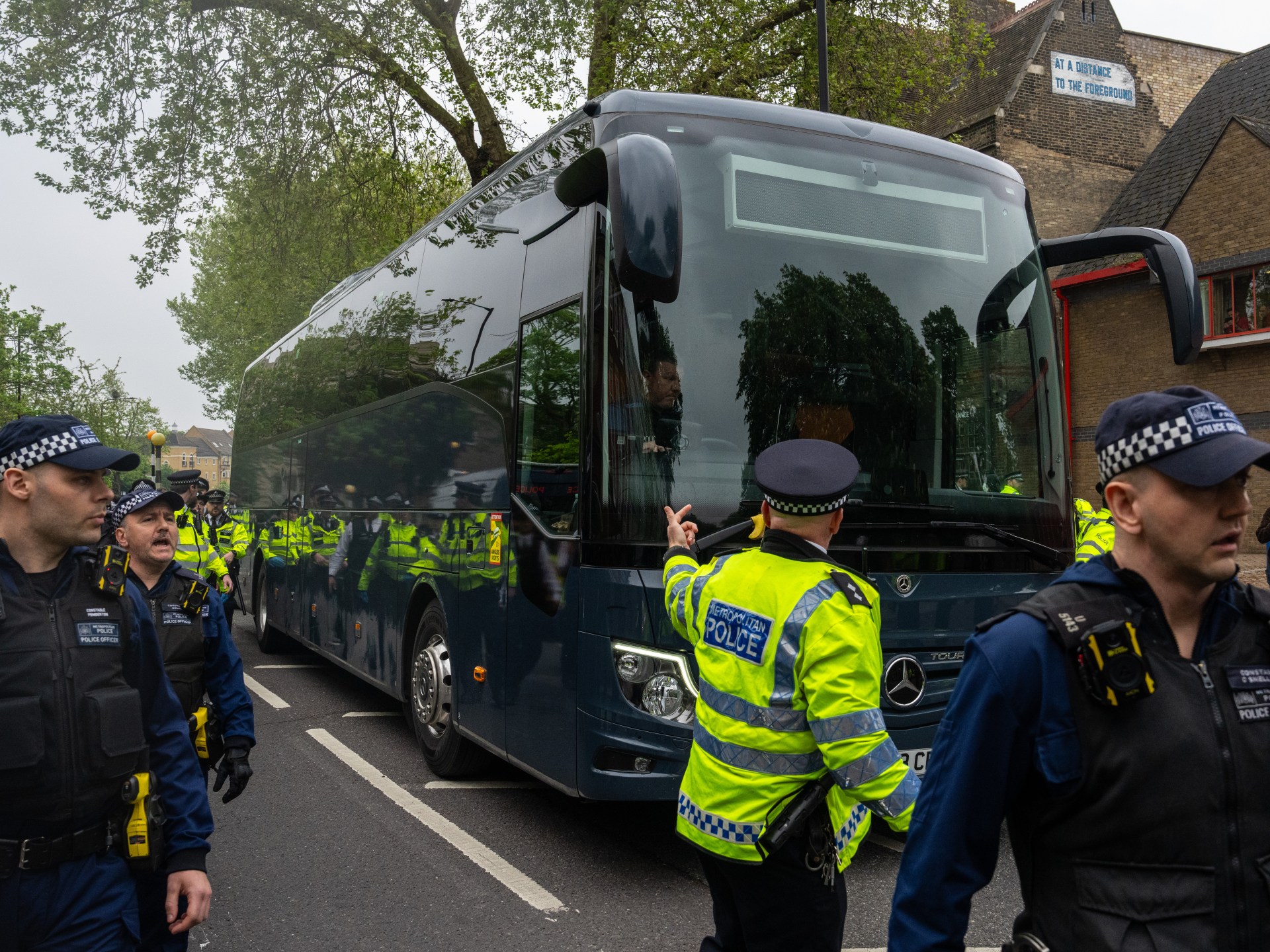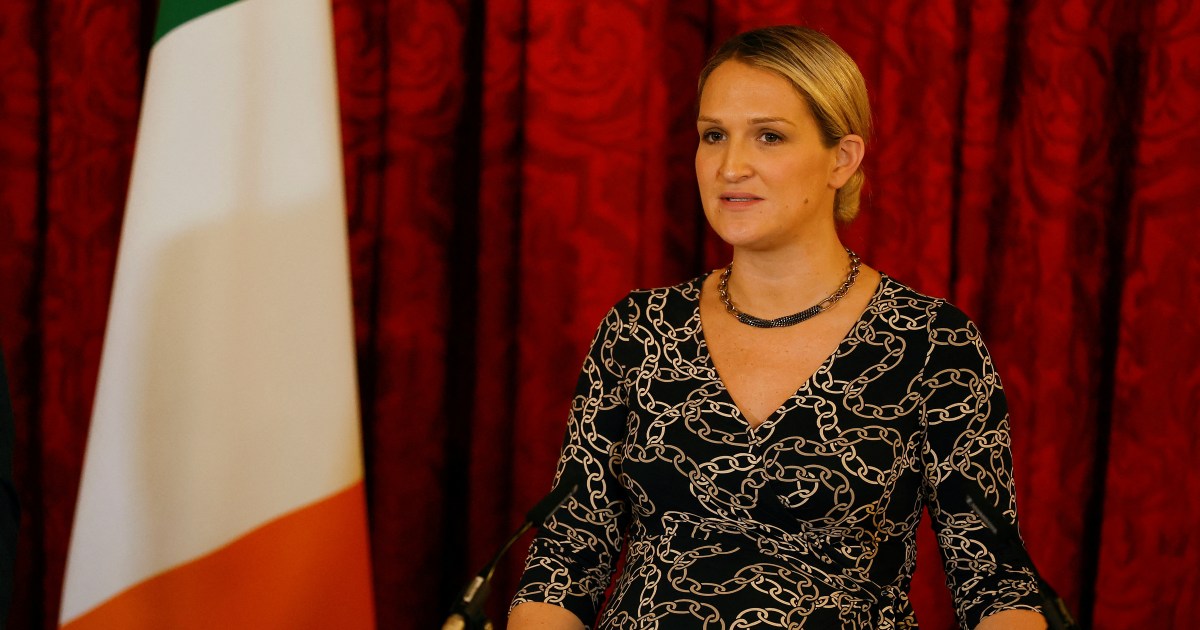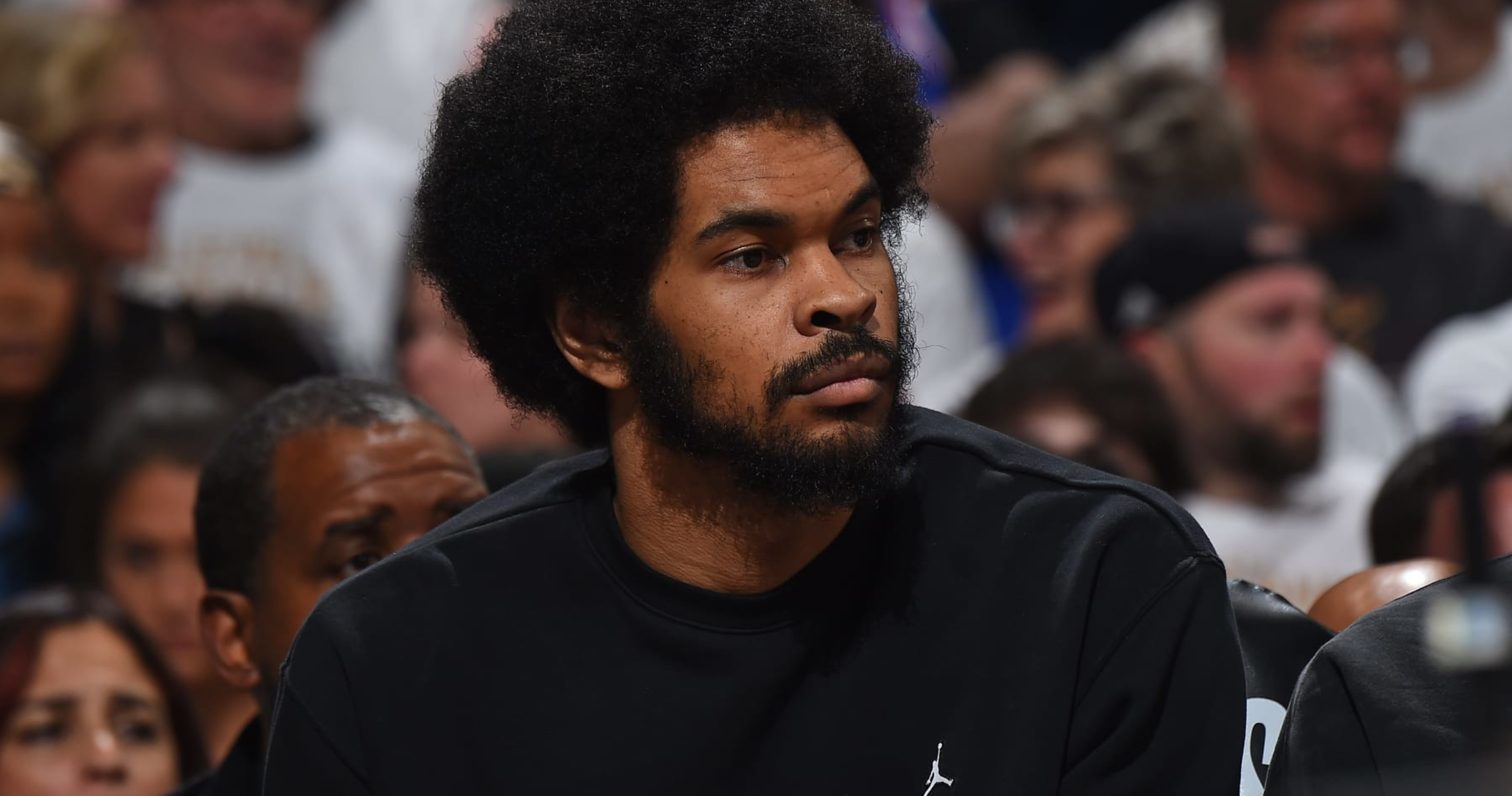World
EU risks breaking aid rules in bid to curb African migration – Oxfam
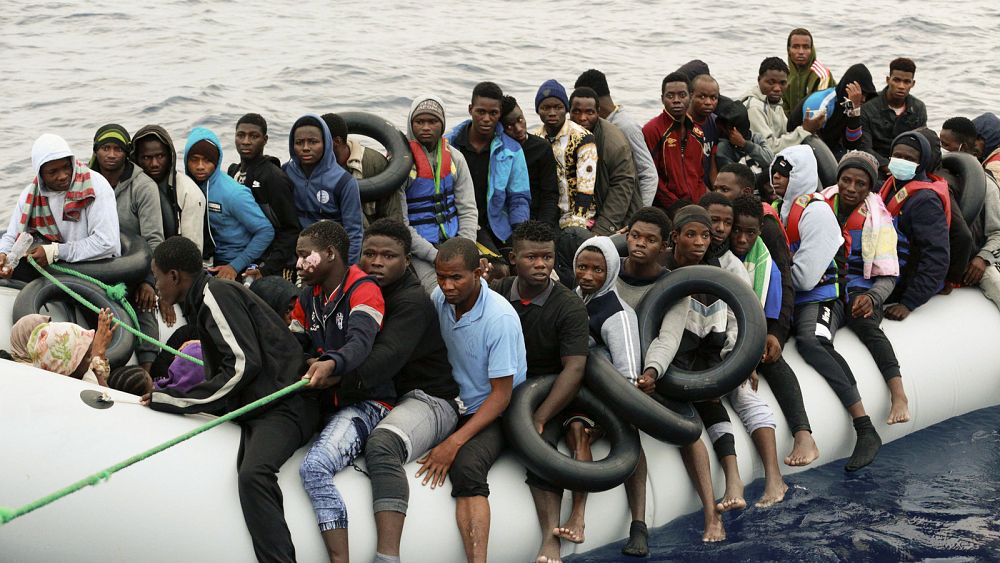
The European Union could be breaching international rules by using aid intended to promote development in Africa to stem migration into Europe, according to a new report by Oxfam.
The report published Thursday reveals that six out of 16 EU-funded migration actions in Niger, Libya and Tunisia worth a total €667 million potentially breach the aid rules set out by the Organization for Economic Cooperation and Development (OECD).
Oxfam’s findings suggest the EU is increasingly diverting its development aid to pursue a domestic strategy of deterring migration, undermining human rights and welfare.
The EU allocates 10% of its landmark €79.5 billion international aid package to migration-related activities. At least 93% of funds must promote development and welfare in developing countries, in compliance with the OECD’s aid criteria.
But the Oxfam report suggests a third of EU-funded migration actions in three African countries violate these rules.
“EU aid is going towards supporting the coastguards despite their extremely poor human rights track record,” Stephanie Pope, Oxfam EU migration expert, told Euronews.
“In Libya, the coastguard only a few months ago fired shots at rescue ships attempting to help people in distress at sea. The Tunisian coastguard has been reported to steal engines of migrant boats, as well as refusing to help people in distress at sea contrary to its international obligations,” she added.
The OECD says any actions that “neglect the rights of forcibly displaced persons and migrants” do not qualify as aid.
Responding to the report on Thursday, a European Commission spokesperson refuted the claim that money destined to fight poverty is being diverted to fight migration.
“Most of our actions are actually helping to address the root causes of migration,” the spokesperson said.
Of the eight migration activities analysed by Oxfam in Niger, a country often used as a corridor for migrant smugglers between sub-Saharan Africa and the Maghreb, only one was found to support safe and legal migration.
In Libya, none of the migration projects analysed foster safe and regular pathways, Oxfam says.
Funding ‘complex’ to trace
The NGO also says that tracking the EU’s multiple financial mechanisms to stem migratory flows from Africa to Europe, including as part of the controversial migration deal struck recently with Tunisia, is increasingly complex.
The deal, signed between European Commission chief Ursula von der Leyen and Tunisian President Kais Saied in July, has been criticised for its questionable legal basis and lack of democratic oversight.
The European Parliament has blasted the deal for failing to recognise mounting evidence of Tunisian authorities’ abusive treatment of sub-Saharan migrants, including illegal pushbacks, racial hatred and human rights violations.
The report calls on the Parliament to hold the bloc’s executive to account on its migration actions, warning that the EU’s increasing preoccupation with migratory flows is eclipsing crucial development aid in Africa.
Oxfam also says the EU is missing out on opportunities to open safe migration routes and harness the development advantages of migration.
“If the EU increasingly redirects these already very scarce development funds towards its own misguided migration interests, the risk is that there’s even less money available to give these countries the support they urgently need right now,” Pope said.

World
Israel moves in on north Gaza Hamas stronghold, pounds Rafah without advancing

World
What to know about how much the aid from a US pier project will help Gaza
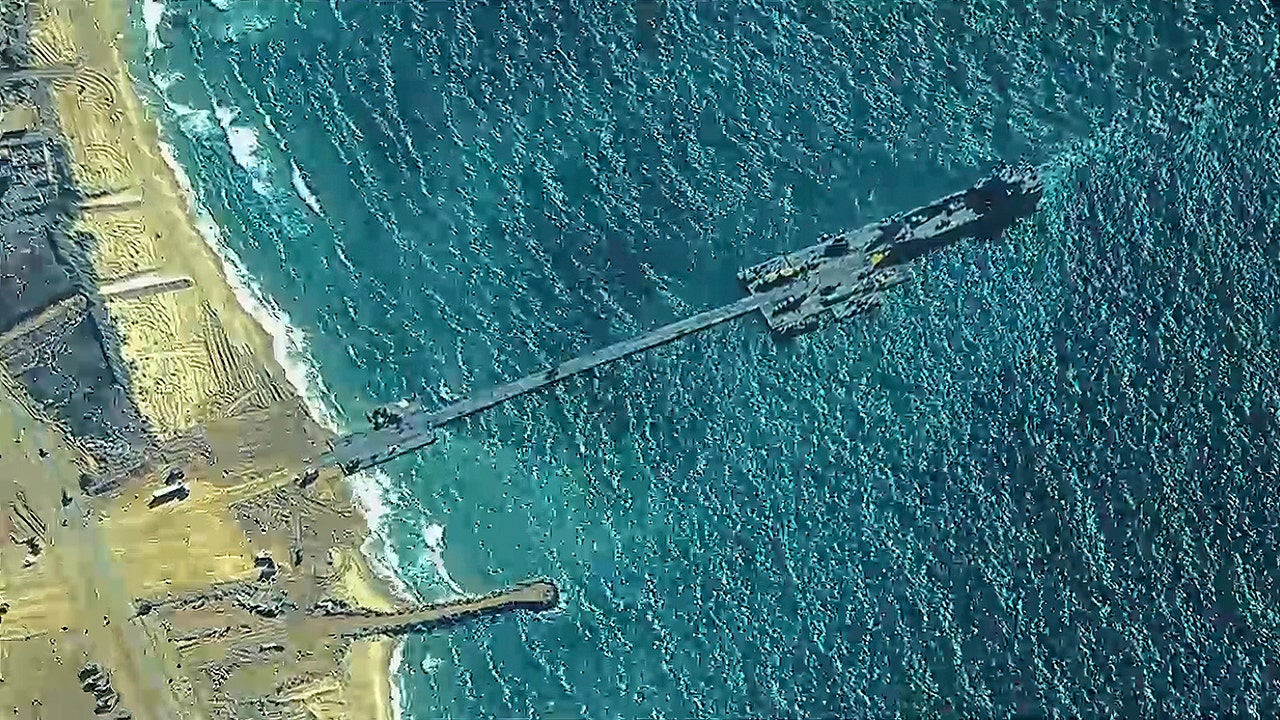
A U.S.-built pier is in place to bring humanitarian aid to Gaza by sea, but no one will know if the new route will work until a steady stream of deliveries begins reaching starving Palestinians.
The trucks that will roll off the pier project installed Thursday will face intensified fighting, Hamas threats to target any foreign forces and uncertainty about whether the Israeli military will ensure that aid convoys have access and safety from attack by Israeli forces.
TEMPORARY FLOATING PIER FOR GAZA AID COMPLETED, WILL MOVE INTO POSITION ONCE WEATHER LETS UP: PENTAGON
Even if the sea route performs as hoped, U.S, U.N. and aid officials caution, it will bring in a fraction of the aid that’s needed to the embattled enclave.
Here’s a look at what’s ahead for aid arriving by sea:
WILL THE SEA ROUTE END THE CRISIS IN GAZA?
No, not even if everything with the sea route works perfectly, American and international officials say.
The image provided by U.S, Central Command, shows U.S. Army soldiers assigned to the 7th Transportation Brigade (Expeditionary), U.S. Navy sailors assigned to Amphibious Construction Battalion 1, and Israel Defense Forces placing the Trident Pier on the coast of Gaza Strip on Thursday, May 16, 2024. The temporary pier is part of the Joint Logistics Over-the-Shore capability. The U.S. military finished installing the floating pier on Thursday, with officials poised to begin ferrying badly needed humanitarian aid into the enclave besieged over seven months of intense fighting in the Israel-Hamas war. (U.S. Central Command via AP)
U.S. military officials hope to start with about 90 truckloads of aid a day through the sea route, growing quickly to about 150 trucks a day.
Samantha Power, head of the U.S. Agency for International Development, and other aid officials have consistently said Gaza needs deliveries of more than 500 truckloads a day — the prewar average — to help a population struggling without adequate food or clean water during seven months of war between Israel and Hamas.
Israel has hindered deliveries of food, fuel and other supplies through land crossings since Hamas’ deadly attack on Israel launched the conflict in October. The restrictions on border crossings and fighting have brought on a growing humanitarian catastrophe for civilians.
International experts say all 2.3 million of Gaza’s people are experiencing acute levels of food insecurity, 1.1 million of them at “catastrophic” levels. Power and U.N. World Food Program Director Cindy McCain say north Gaza is in famine.
At that stage, saving the lives of children and others most affected requires steady treatment in clinical settings, making a cease-fire critical, USAID officials say.
At full operation, international officials have said, aid from the sea route is expected to reach a half-million people. That’s just over one-fifth of the population.
WHAT ARE THE CHALLENGES FOR THE SEA ROUTE NOW?
The U.S. plan is for the U.N. to take charge of the aid once it’s brought in. The U.N. World Food Program will then turn it over to aid groups for delivery.
U.N. officials have expressed concern about preserving their neutrality despite the involvement in the sea route by the Israeli military — one of the combatants in the conflict — and say they are negotiating that.
There are still questions on how aid groups will safely operate in Gaza to distribute food to those who need it most, said Sonali Korde, assistant to the administrator for USAID’s Bureau for Humanitarian Assistance, which is helping with logistics.
U.S. and international organizations including the U.S. government’s USAID and the Oxfam, Save the Children and International Rescue Committee nonprofits say Israeli officials haven’t meaningfully improved protections of aid workers since the military’s April 1 attack that killed seven aid workers with the World Central Kitchen organization.
Talks with the Israeli military “need to get to a place where humanitarian aid workers feel safe and secure and able to operate safely. And I don’t think we’re there yet,” Korde told reporters Thursday.
Meanwhile, fighting is surging in Gaza. It isn’t threatening the new shoreline aid distribution area, Pentagon officials say, but they have made it clear that security conditions could prompt a shutdown of the maritime route, even just temporarily.
The U.S. and Israel have developed a security plan for humanitarian groups coming to a “marshaling yard” next to the pier to pick up the aid, said U.S. Vice Admiral Brad Cooper, deputy commander of the U.S. military’s Central Command. USAID Response Director Dan Dieckhaus said aid groups would follow their own security procedures in distributing the supplies.
Meanwhile, Israeli forces have moved into the border crossing in the southern city of Rafah as part of their offensive, preventing aid from moving through, including fuel.
U.N. deputy spokesman Farhan Haq said that without fuel, delivery of all aid in Gaza can’t happen.
WHAT’S NEEDED?
U.S. President Joe Biden’s administration, the U.N. and aid groups have pressed Israel to allow more aid through land crossings, saying that’s the only way to ease the suffering of Gaza’s civilians. They’ve also urged Israel’s military to actively coordinate with aid groups to stop Israeli attacks on humanitarian workers.
“Getting aid to people in need into and across Gaza cannot and should not depend on a floating dock far from where needs are most acute,” U.N. deputy spokesman Farhan Haq told reporters Thursday.
“To stave off the horrors of famine, we must use the fastest and most obvious route to reach the people of Gaza — and for that, we need access by land now,” Haq said.
U.S. officials agree that the pier is only a partial solution at best, and say they are pressing Israel for more.
WHAT DOES ISRAEL SAY?
Israel says it places no limits on the entry of humanitarian aid and blames the U.N. for delays in distributing goods entering Gaza. The U.N. says ongoing fighting, Israeli fire and chaotic security conditions have hindered delivery.
Under pressure from the U.S., Israel has in recent weeks opened a pair of crossings to deliver aid into hard-hit northern Gaza. It said a series of Hamas attacks on the main crossing, Kerem Shalom, have disrupted the flow of goods.
World
Slovakian ministers blame media and opposition for attack on PM Fico

Slovakia’s interior minister refrained from specifying the motivation behind the attack on Prime Minister Robert Fico but pointed fingers at media outlets and the opposition, urging them to reflect on how they present information.
Slovakian authorities charged a man with attempted premeditated murder on Thursday after he shot Prime Minister Robert Fico five times in the central town of Handlova.
The assault left the longstanding leader in a serious but stable condition.
“The attempt on Fico’s life was politically motivated,” Slovakia’s Interior Minister Matuš Šutaj-Eštok said during a news conference on Fico’s shooting.
Eštok said the suspect, believed to be 71, was a “lone wolf” and did not belong to any political party but had previously taken part in anti-government protests.
The minister did not specify what the motivation was, but blamed media outlets and the opposition.
“It was information that you have recently presented. The way you presented them, on that I think each of you can reflect,” he said.
Slovakia’s President-elect Peter Pellegrini said he had only been allowed to speak with Fico for a few minutes “because his current condition really requires peace and quiet without any other external distractions.”
Pellegrini wished Fico “a great deal of strength in the struggle ahead of him because he is facing a very difficult period indeed.”
The president-elect called on political parties to suspend or scale back their campaigns for European elections, which will be held June 6-9.
The populist leader had been attending a political event in Handlova when the shooting took place, sending shockwaves through the central European country.
Fico has long been a divisive figure in Slovakia and beyond. His return to power last year on a pro-Russian, anti-American message led to even greater worries among fellow European Union and NATO members that he would abandon his country’s pro-Western course – particularly on Ukraine.
At the start of Russia’s invasion, Slovakia was one of Ukraine’s staunchest supporters. Fico halted arms deliveries to Ukraine when he returned to power, his fourth time serving as prime minister.
-

 Politics1 week ago
Politics1 week ago'You need to stop': Gov. Noem lashes out during heated interview over book anecdote about killing dog
-

 News1 week ago
News1 week agoMan, 75, confesses to killing wife in hospital because he couldn’t afford her care, court documents say
-

 Politics1 week ago
Politics1 week agoRFK Jr said a worm ate part of his brain and died in his head
-

 World1 week ago
World1 week agoPentagon chief confirms US pause on weapons shipment to Israel
-

 Politics1 week ago
Politics1 week agoHere's what GOP rebels want from Johnson amid threats to oust him from speakership
-

 World1 week ago
World1 week agoPro-Palestine protests: How some universities reached deals with students
-

 World1 week ago
World1 week agoConvicted MEP's expense claims must be published: EU court
-

 Politics1 week ago
Politics1 week agoCalifornia Gov Gavin Newsom roasted over video promoting state's ‘record’ tourism: ‘Smoke and mirrors’

